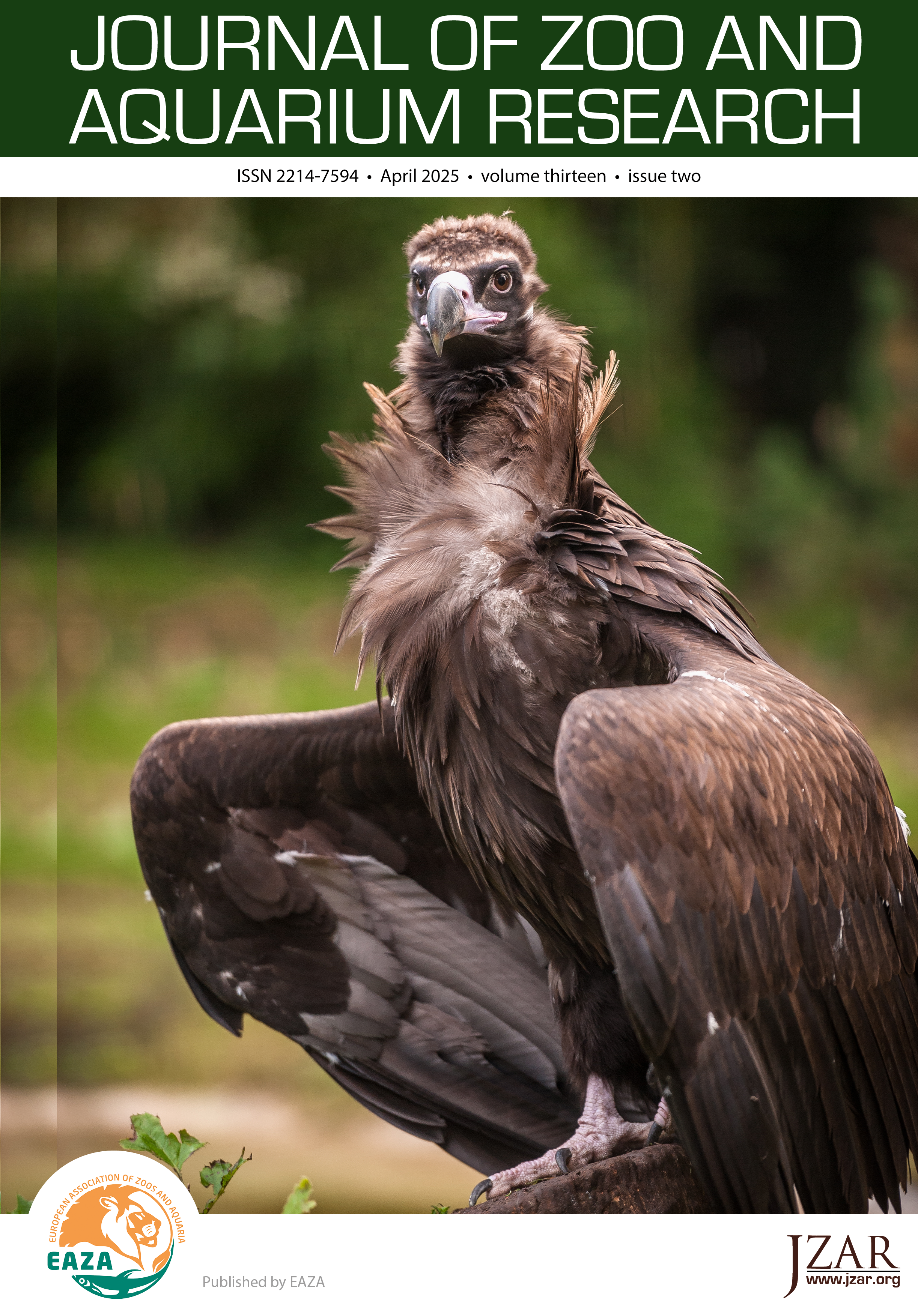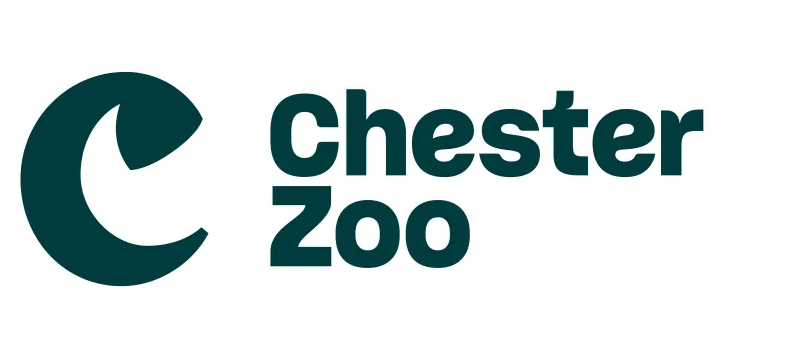Survey of husbandry and feeding management and potential influencing factors on the body condition score of zoo-housed giraffes Giraffa camelopardalis spp. in Europe and Northern America
DOI:
https://doi.org/10.19227/jzar.v13i2.867Keywords:
Body condition score, feeding, giraffe, husbandry, zooAbstract
Giraffes Giraffa camelopardalis spp. feed mainly on browse in the wild. The logistical challenges, especially in temperate climates, to provide these animals with fresh browse year-round have resulted in zoos resorting to alternative feeds. Amongst these, high-sugar or high-starch concentrates can lead to pathologies which may, in part, be recognised by a reduced body condition score (BCS). Questionnaire data were obtained from 125 European and North American zoos with information on the animal’s identity, health status, husbandry conditions and diet. The feed was summarised by season and compared to the animals’ BCS assessed from photographs. There were no relationships between BCS and group size, enclosure size or feeding frequency. Over 80% of zoos offered browse (fresh, dry, frozen or silage) to giraffes in summer and winter, but the amount varied from a small branch daily per animal to feeding for ad libitum consumption. In most zoos, lucerne was offered as hay or fresh, and was fed for ad libitum consumption in 66% of facilities. 98% of zoos offered a high-fibre pelleted feed, but only 6% provided this feed for ad libitum consumption. Cereals and low-fibre pellets were fed in varying quantities in 50% of zoos, and their use was negatively related to BCS. Offering higher amounts of a high-fibre pelleted diet had an optimising effect on the BCS, especially in senescent animals. Together with browse and lucerne, high-fibre herbivore pellets should form the continuously available staple diet of zoo-housed giraffes to maintain an optimal body condition score.
Published
How to Cite
Issue
Section
License
JZAR fulfils the DOAJ definition of open access and provides free and open access to the full text of all content without delay under a Creative Commons licence. The copyright holder of JZAR publications grants usage rights to third parties, allowing for immediate free access to the work and permitting any user to read, download, copy, distribute, print, search, or link to the full texts of articles.







